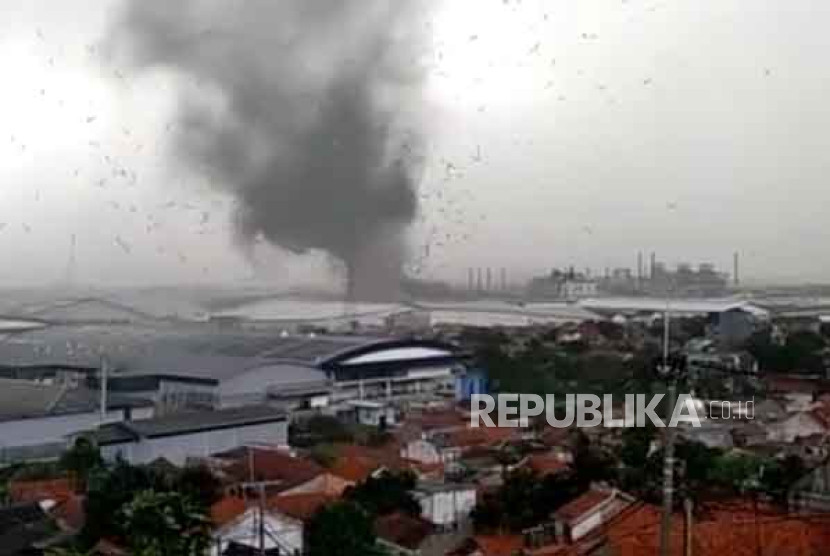A tornado raged in Rancaekek Bandung, what is the difference between a tornado an a hurricane?

REPUBLIKA KIDS -- Hai Kids... A tornado raged in Rancaekek, Bandung, West Java, Wednesday (21/2/2024). BRIN Climate and Atmospheric Research Center researcher confirmed that the strong wind disaster that occurred in Bandung Regency and Sumedang Regency was not a hurricane or twister, but a tornado.
What is the difference between a tornado and a hurricane or twisters?
Both tornadoes and hurricanes are characterized by extremely strong horizontal winds that swirl around their center and by a ring of strong upward motion surrounding downward motion in their center. In both tornadoes and hurricanes, the tangential wind speed far exceeds the speed of radial inflow or of vertical motion.
ALSO READ: How many javanese tigers are left, is it extinct?
Citing NASA, hurricanes always and tornadoes usually rotate counterclockwise in the northern hemisphere and clockwise in the southern hemisphere. The Earth's rotation determines this direction for the storms' rotation in each hemisphere.
Local winds are sometimes able to cause a tornado to form that spins in the opposite direction from the typical direction for that hemisphere. The most obvious difference between a tornado and hurricane is that a hurricane's horizontal scale is about a thousand times larger than a tornado.
ALSO READ: Java stingaree extinct, scientist declare first marine fish extinction due to human activity
In addition, hurricanes and tornadoes form under different circumstances and have different impacts on the atmosphere. Tornadoes are small-scale circulations, that are rarely more than a few hundred feet across when they touch the ground.
Most tornadoes grow out of severe thunderstorms that develop in the high wind-shear environment of the United States Central Plains during spring and early summer. Many tornadoes form when the large-scale wind flow leads to a violent clash between moist, warm air traveling north from the Gulf of Mexico and cold, dry, continental air coming from the United States Northwest.
ALSO READ: Why is the sky blue?
Tornadoes can also form in many other locations and from other forcing factors. For example, a hurricane making landfall may trigger many tornadoes to form.
Tornado wind speeds may reach...


 Sekolah - 06 May 2025
Sekolah - 06 May 2025




